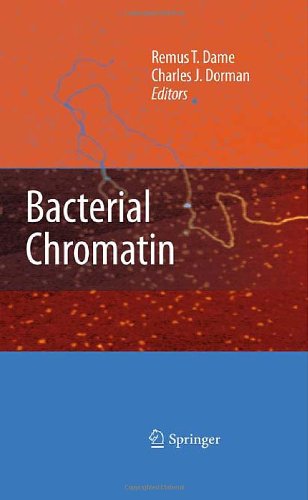

Most ebook files are in PDF format, so you can easily read them using various software such as Foxit Reader or directly on the Google Chrome browser.
Some ebook files are released by publishers in other formats such as .awz, .mobi, .epub, .fb2, etc. You may need to install specific software to read these formats on mobile/PC, such as Calibre.
Please read the tutorial at this link: https://ebookbell.com/faq
We offer FREE conversion to the popular formats you request; however, this may take some time. Therefore, right after payment, please email us, and we will try to provide the service as quickly as possible.
For some exceptional file formats or broken links (if any), please refrain from opening any disputes. Instead, email us first, and we will try to assist within a maximum of 6 hours.
EbookBell Team

4.3
58 reviewsThe relative simplicity of the bacterial cell, short generation times and well defined and inexpensive culturing conditions have significantly contributed to our understanding of many complex biological systems. Yet the workings of the bacterial genome, seemingly impossibly compressed within a tiny nucleoid, have remained elusive. How is it that bacteria are able to package their genetic information within the confined space of the nucleoid while at the same time making it accessible for gene expression and DNA replication?
This book, featuring the latest research by leading experts, describes the advanced methods being applied to the problem and shows how their work is contributing to our growing understanding of the ways that bacterial DNA storage, replication, recombination and gene expression are managed and coordinated. With due consideration paid to archaea and eukaryotes, the authors show how evolution in bacteria has provided solutions to these problems that range from the very sophisticated to the surprisingly simple.
This comprehensive overview of bacterial chromatin clearly defines the fundamental concepts and goes on to show how cells inherit both chromosomal and extra-chromosomal genetic information at cell division. Several chapters are devoted to the central role played by nucleoid-associated proteins, with specific material on imaging the nucleoids, the physics of their structure and segregation, and the transcriptional regulation conducted by nucleoid-associated proteins. No other book currently available provides such a complete picture of these essential cellular processes.